AO Edited
Eyam Plague Village Museum
Eyam took steps to quarantine themselves and keep the plague from spreading.
A small Anglo-Saxon village nestled in the hills of Derbyshire, Eyam has become known as the ‘plague village’ due to a decision made by the whole village during an outbreak of bubonic plague in 1665.
According to reports, the plague was brought to the village from London in a bundle of cloth ordered by local tailor George Vicars. He died within a week, and after several more deaths the villagers, on the advice of their rector Reverend William Mompesson, took several steps to ensure that the plague did not spread to neighboring villages.
Families were required to bury their own dead, and ultimately the village quarantined itself, allowing no-one in or out during the fourteen months that the plague took hold. Reported numbers of deaths vary—around 260—but it is said that fewer than a quarter of the village population survived. The self-imposed quarantine did, however, successfully contain the spread of disease.
A little way out of the village, on a hill overlooking the beautiful Peak District, stands a small graveyard known as the Riley Graves, so called as they are close to Riley House Farm. Ringed by a low stone wall, this is the resting place of the Hancock family, where Elizabeth Hancock buried her husband and six of her seven children over a period of eight days in August 1666. She was one of the few survivors, and this obscure gravesite—alone in a field on a hill some way out of the village—is now a National Trust monument.
Writing in his A History of Epidemics in Britain (Cambridge University Press, 1891), Charles Creighton, while affirming the account of what happened, questioned the wisdom of the actions taken at the revival of the epidemic in 1666 as mistaken, though well-meaning. Instead, “the villagers of Eyam were sacrificed…to an idea, and to an idea which we may now say was not scientifically sound,” suggesting that they should have fled elsewhere as long as they didn’t gather together or take “tainted” articles with them.
There are many interesting sites within this small village, including Mompesson’s Well, where food and medicine were left for the villagers in exchange for coins. Vinegar was added to the water to disinfect the coins within. There is also a boundary stone set between Eyam and neighbouring village Stoney Middleton, where supplies were left at a safe distance. In the centre of the village is a row of Plague cottages with signs that commemorate some of the first victims. George Vicar’s house can be seen, as well as the tomb of Catherine Mompesson, wife of the then newly-appointed vicar who took such a bold step in isolating the village, herself an early victim of the bubonic plague. Also worth a visit is Eyam Hall, a 17th-century grade 2 listed historic house.
Every year on Plague Sunday (the last sunday in August) a memorial service is held in the nearby hollow of Cucklett Delf, site of the outdoor services held by Reverend Mompesson during the plague years.
Neighbouring sites of interest include Ladybower Reservoir, with its striking bellmouth overflows, known locally as ‘plugholes.’ The area, in the heart of the stunning Peak District national park, has many beautiful walks, including many you can take from the village itself.
Plan Your Trip
The Atlas Obscura Podcast is Back!









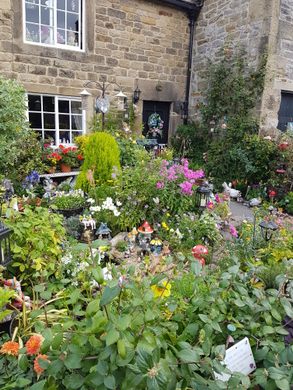
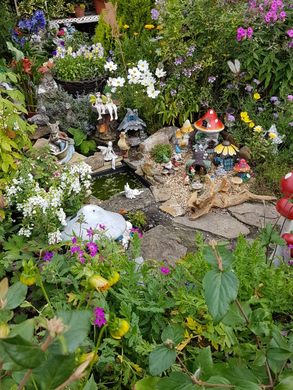
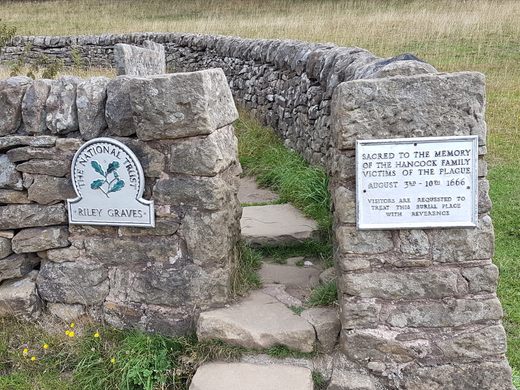
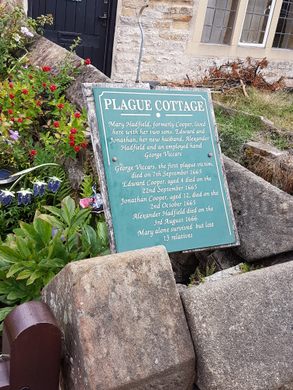
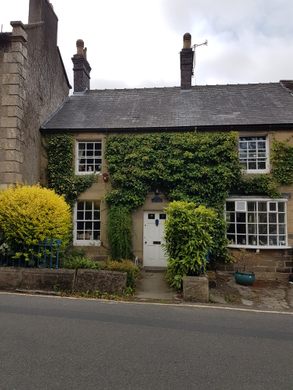
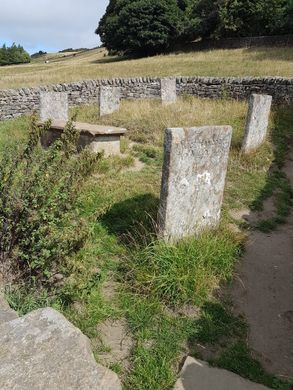
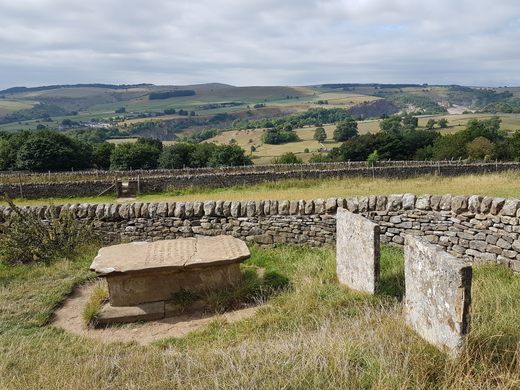
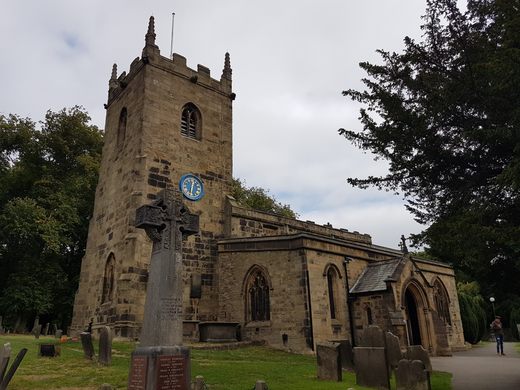
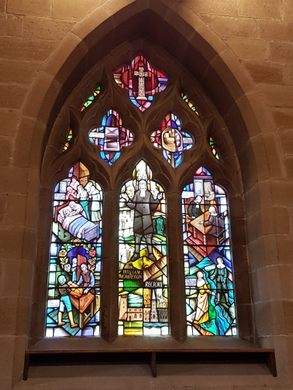
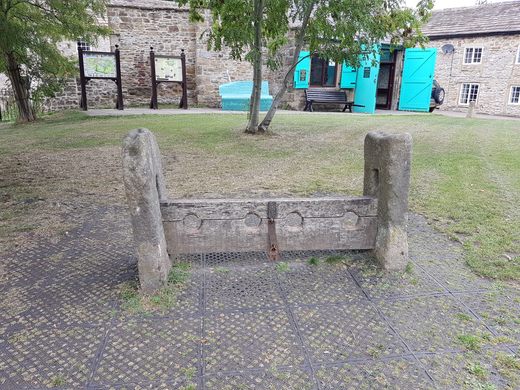
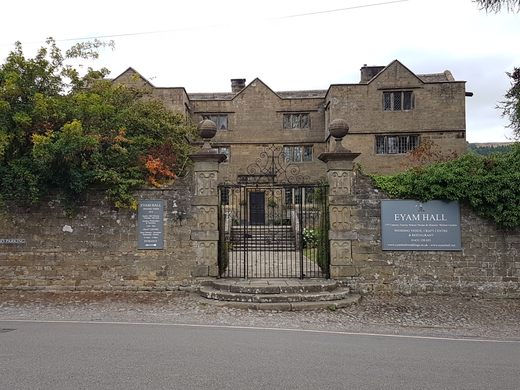
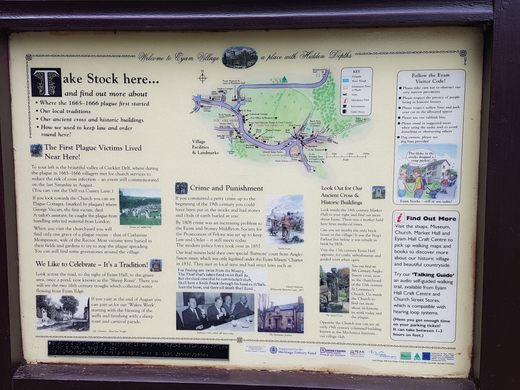
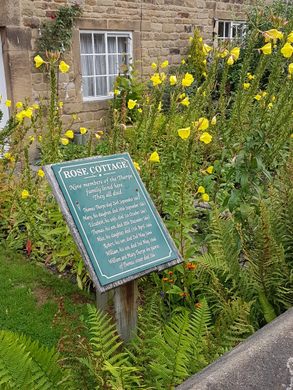









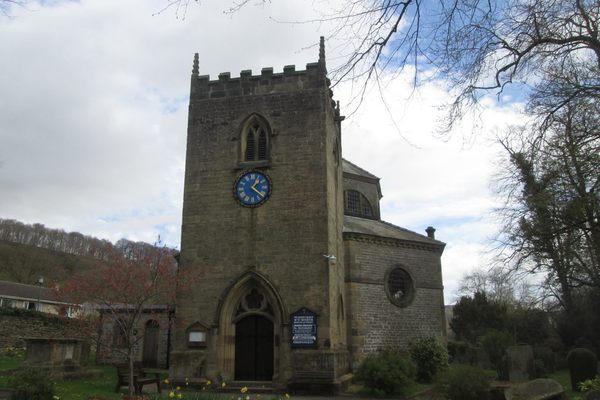


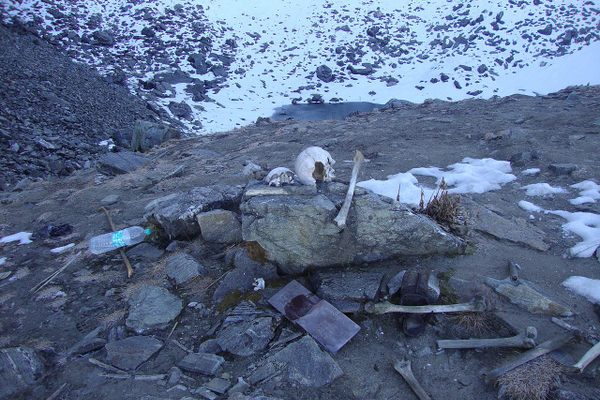


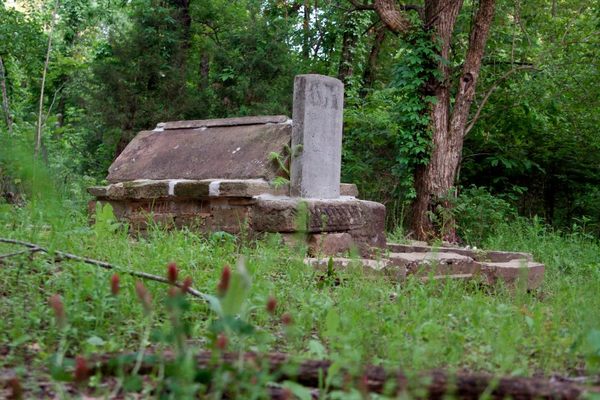

Follow us on Twitter to get the latest on the world's hidden wonders.
Like us on Facebook to get the latest on the world's hidden wonders.
Follow us on Twitter Like us on Facebook